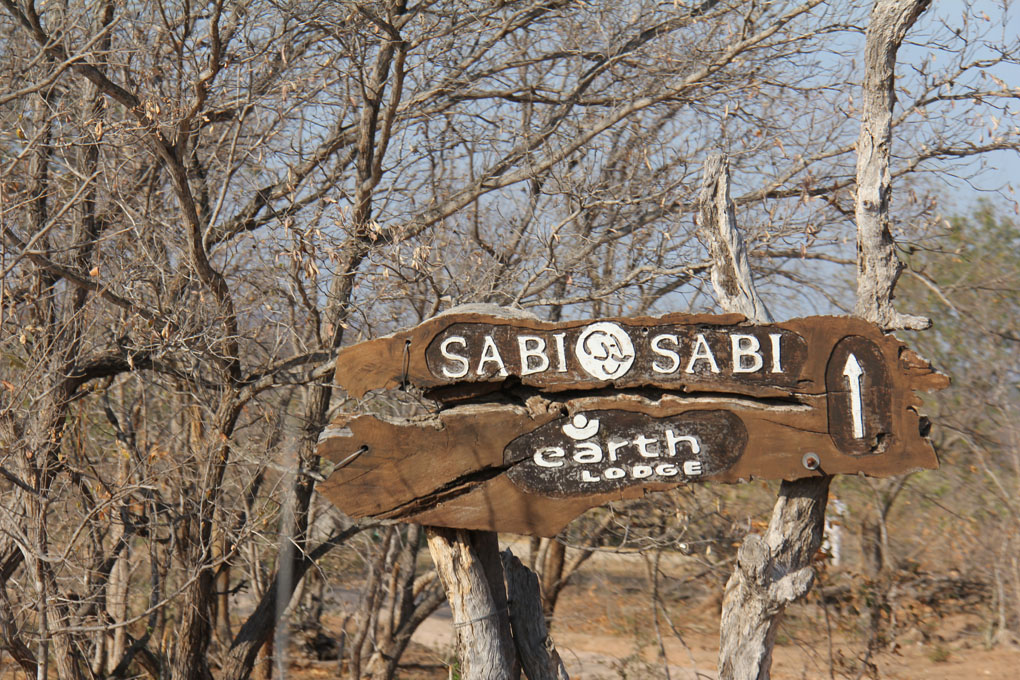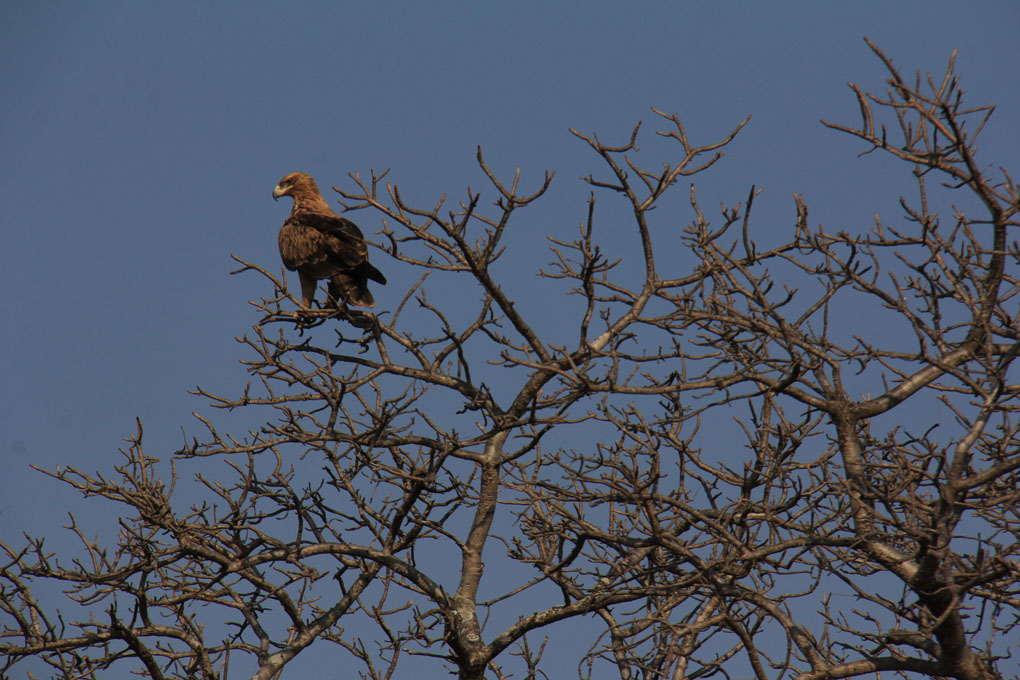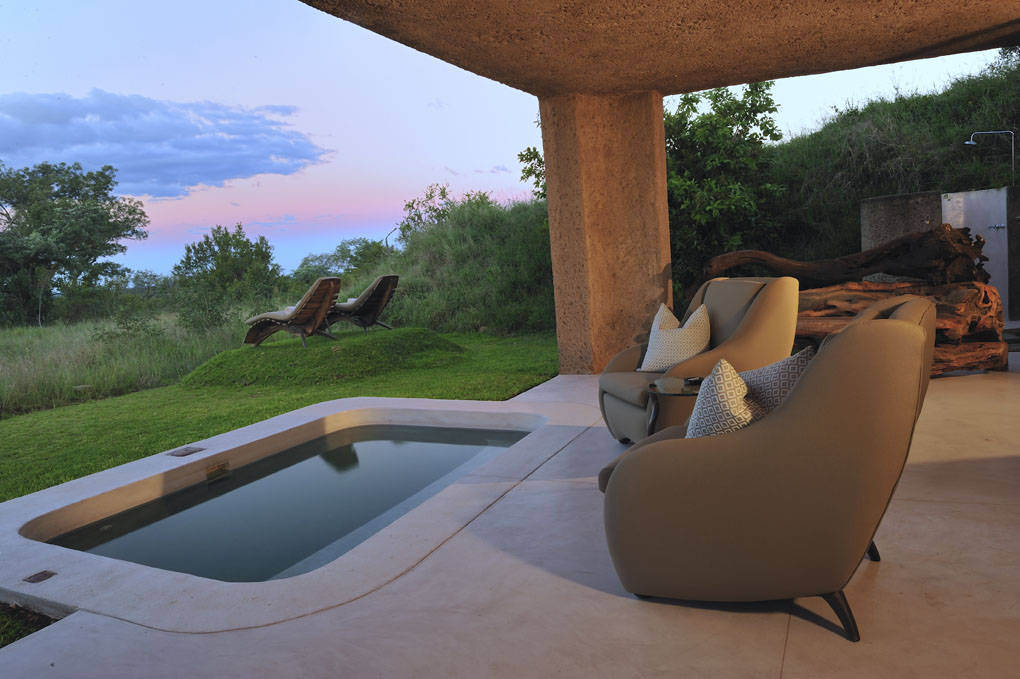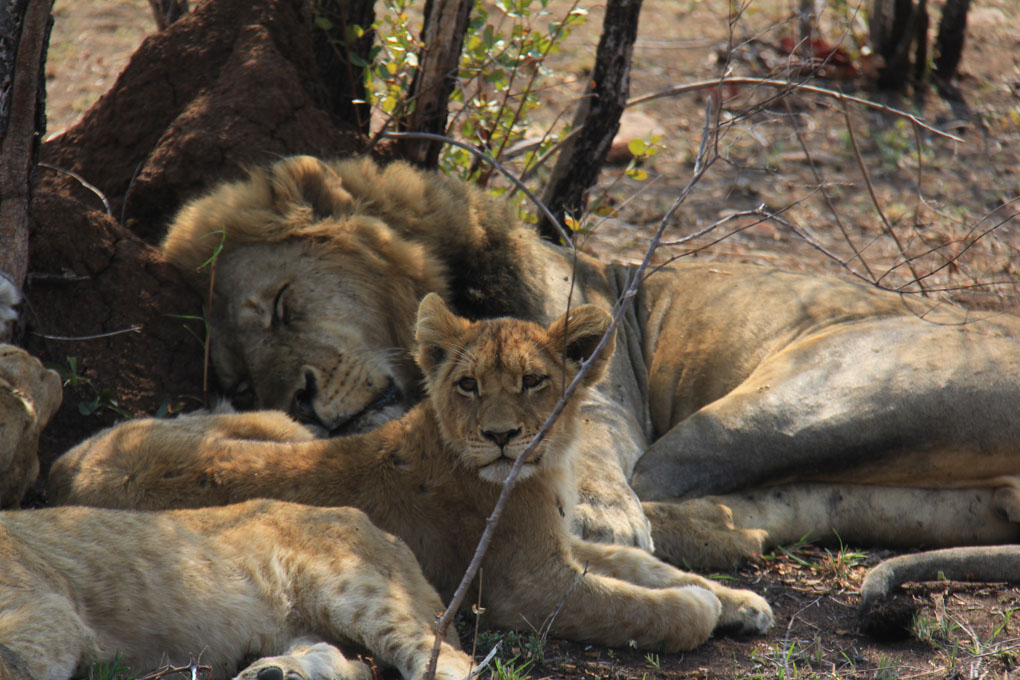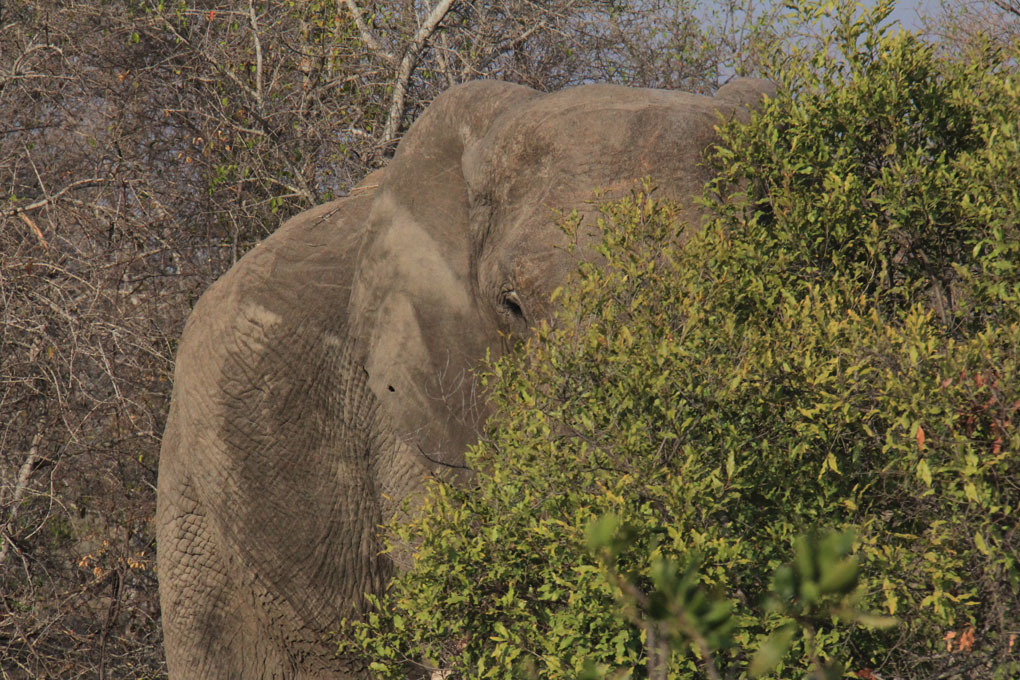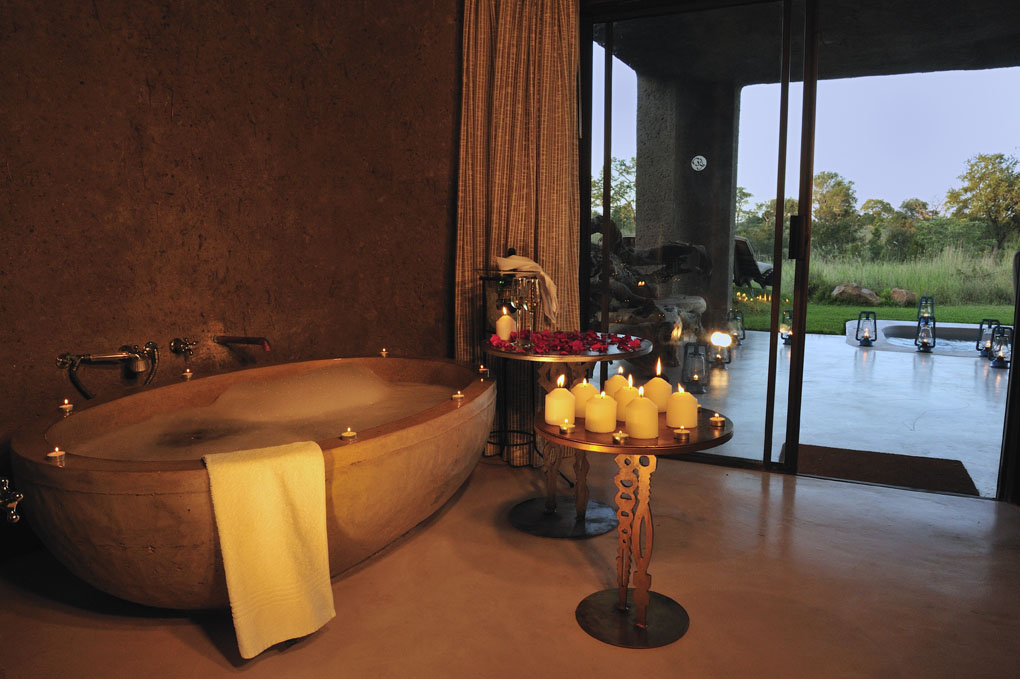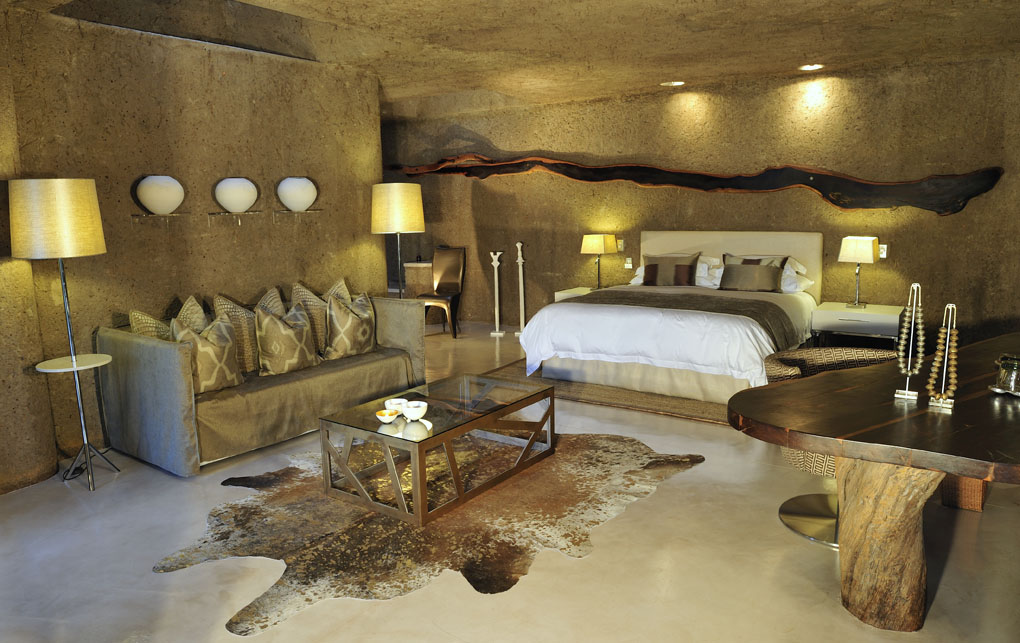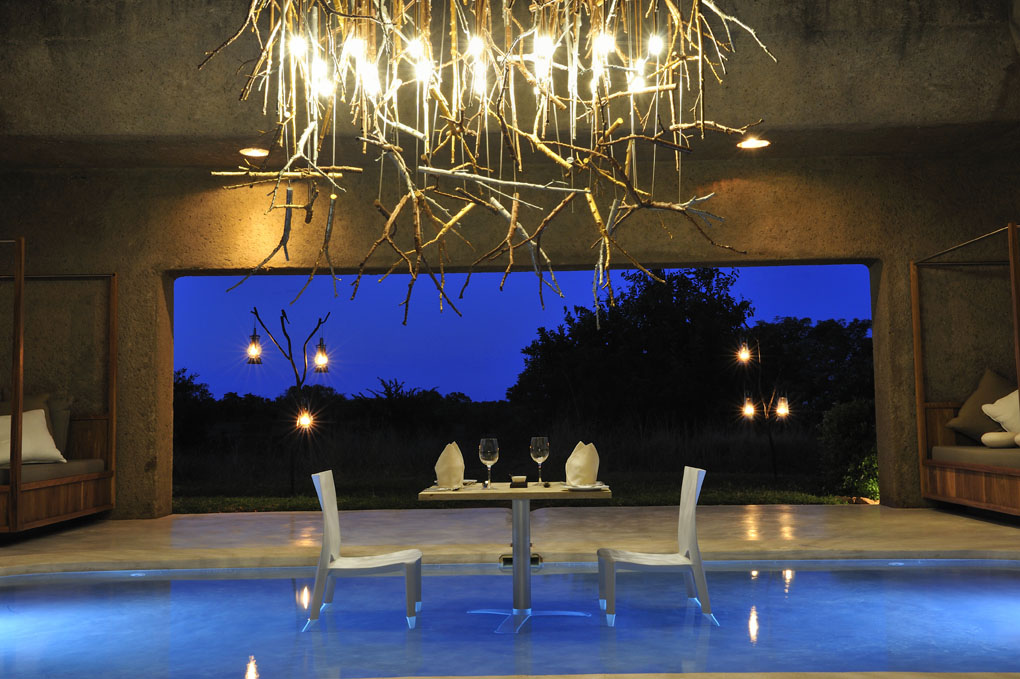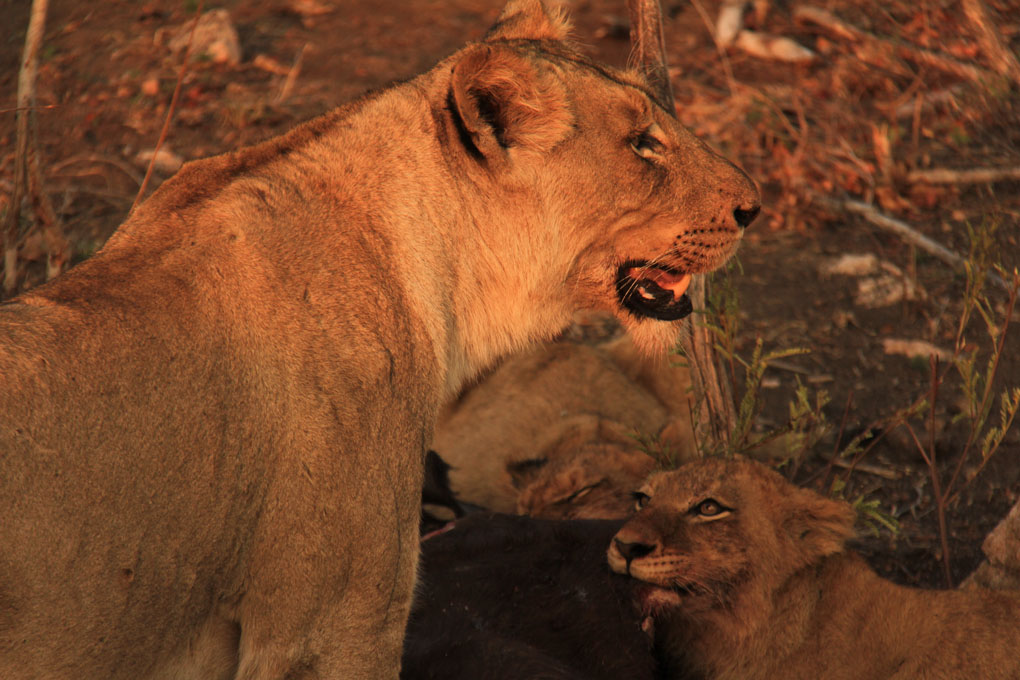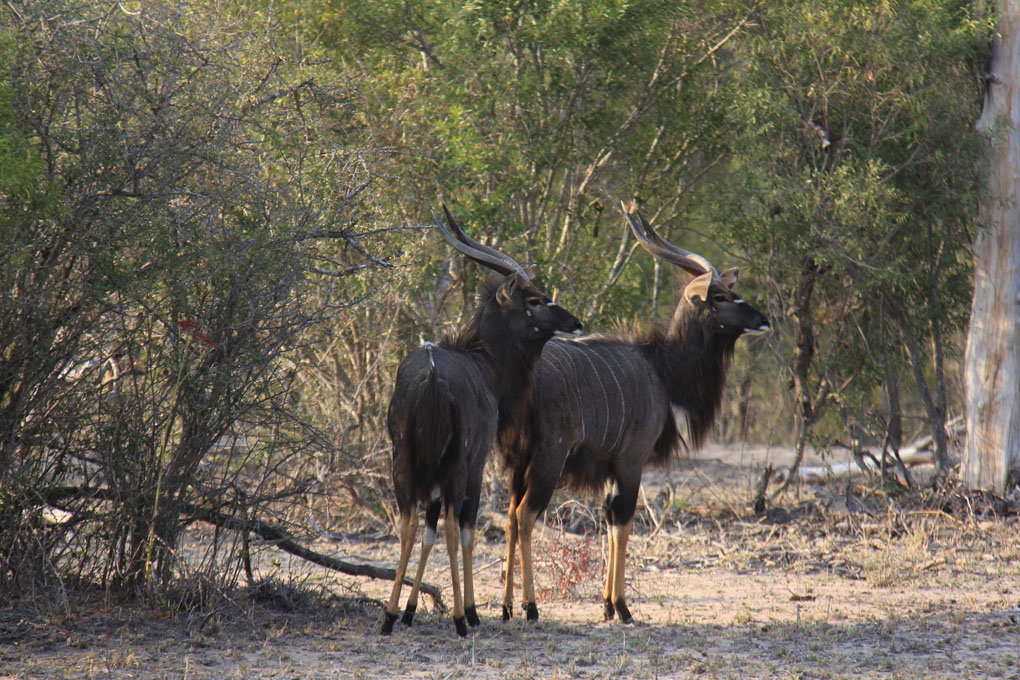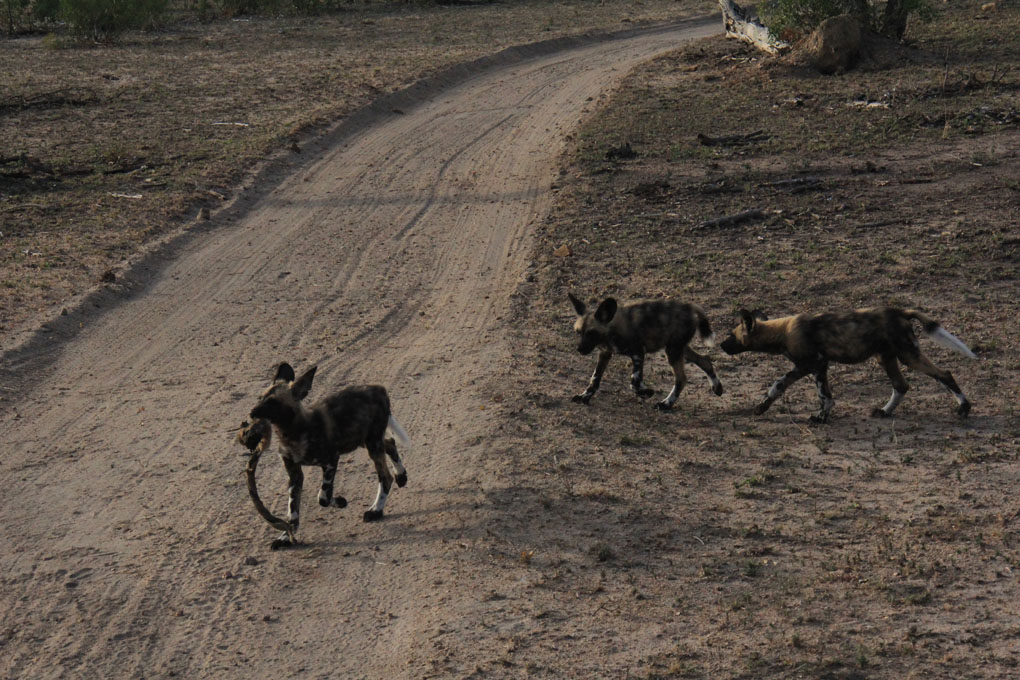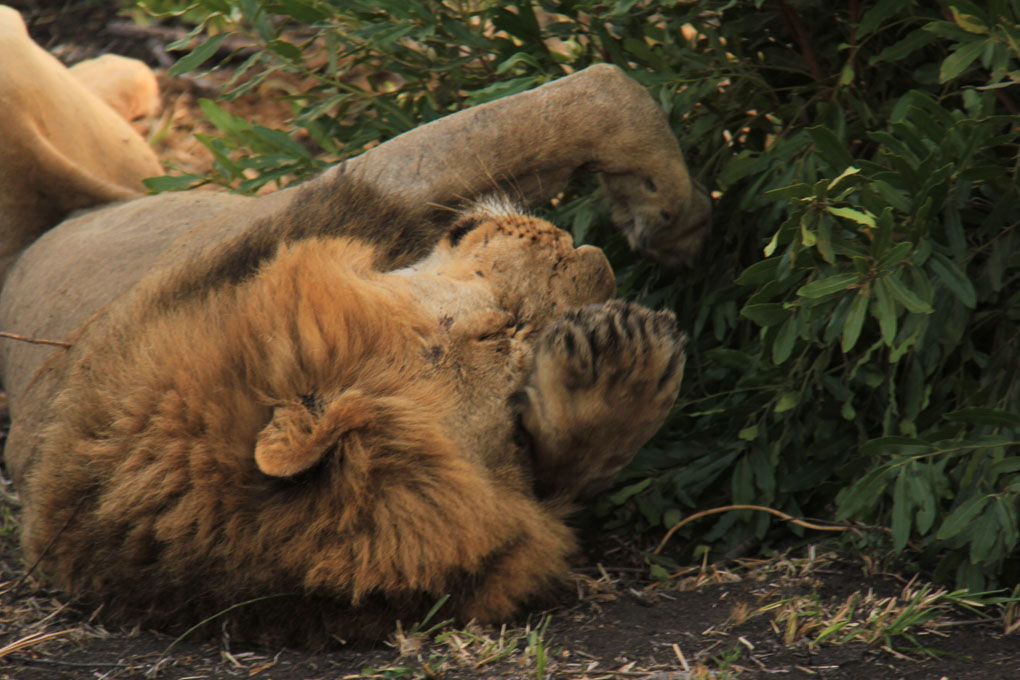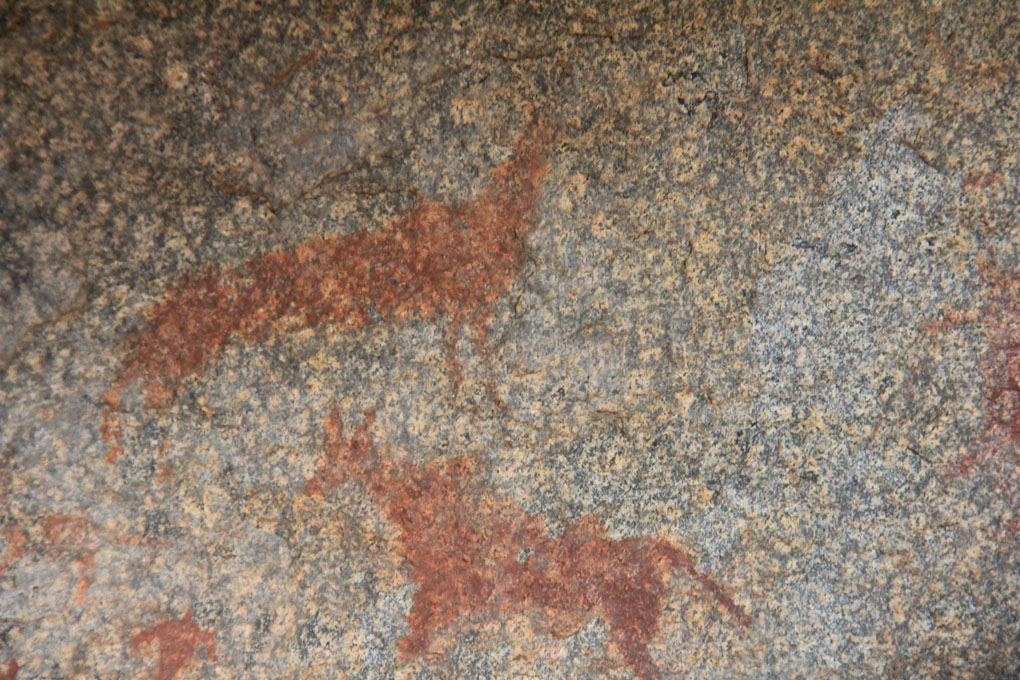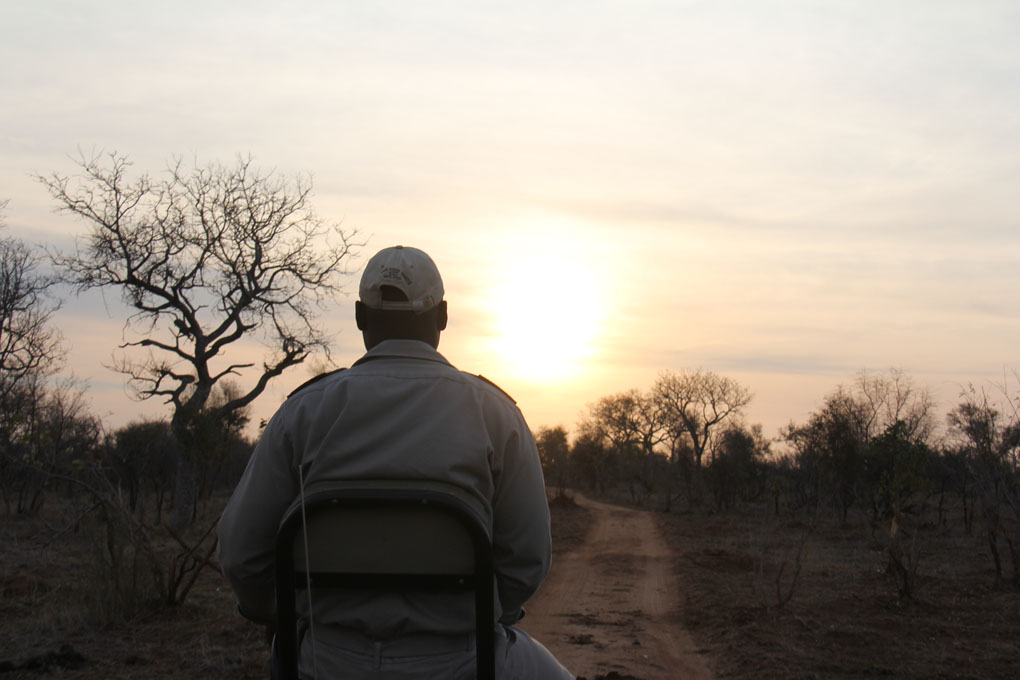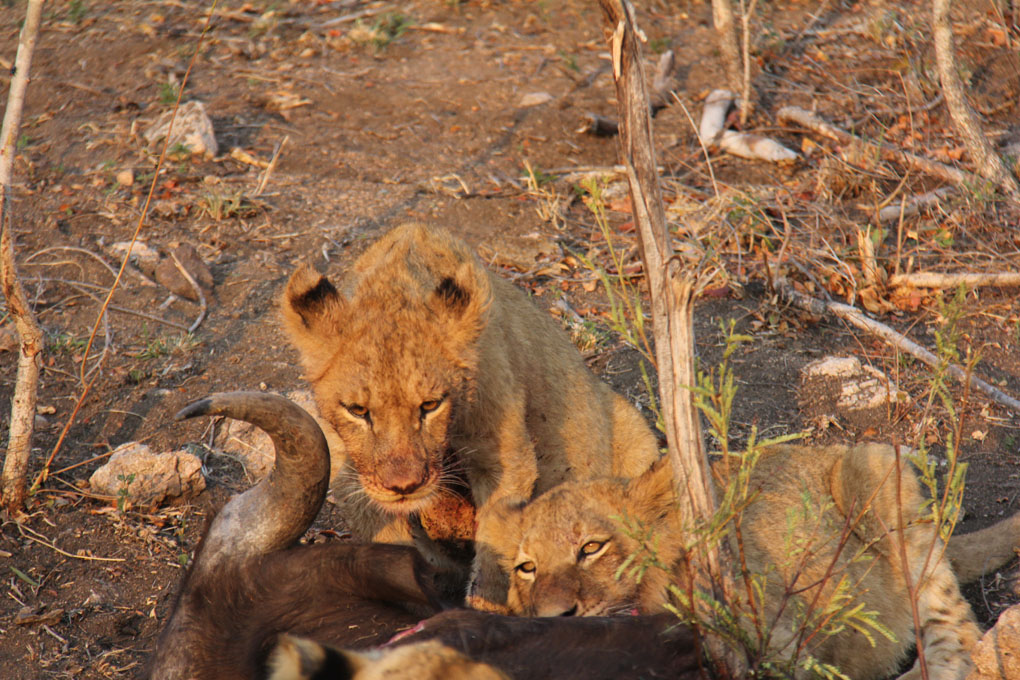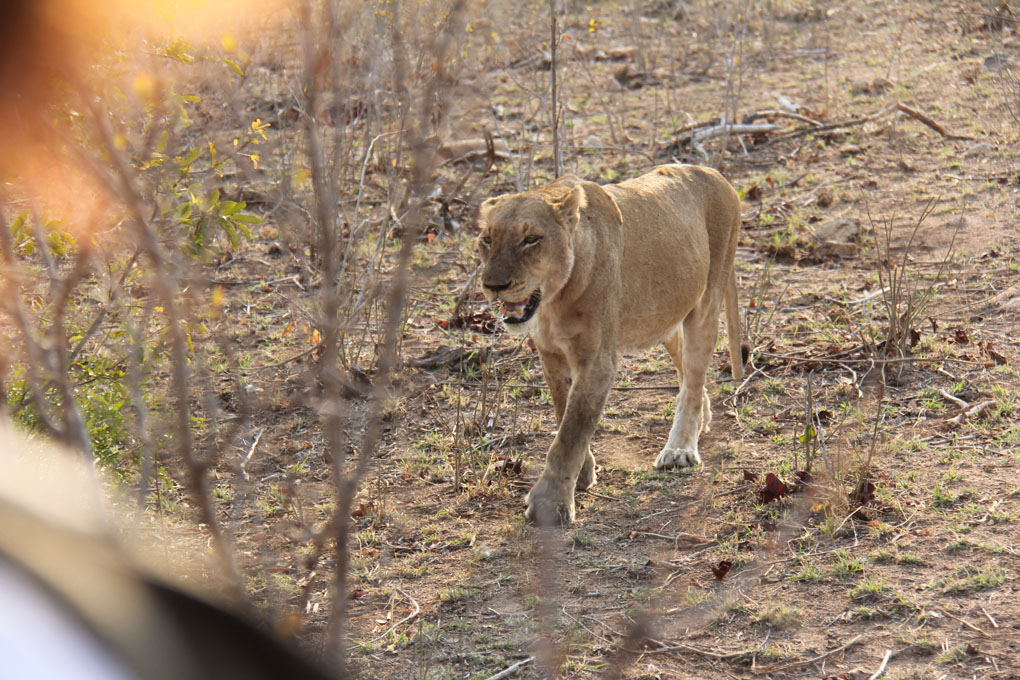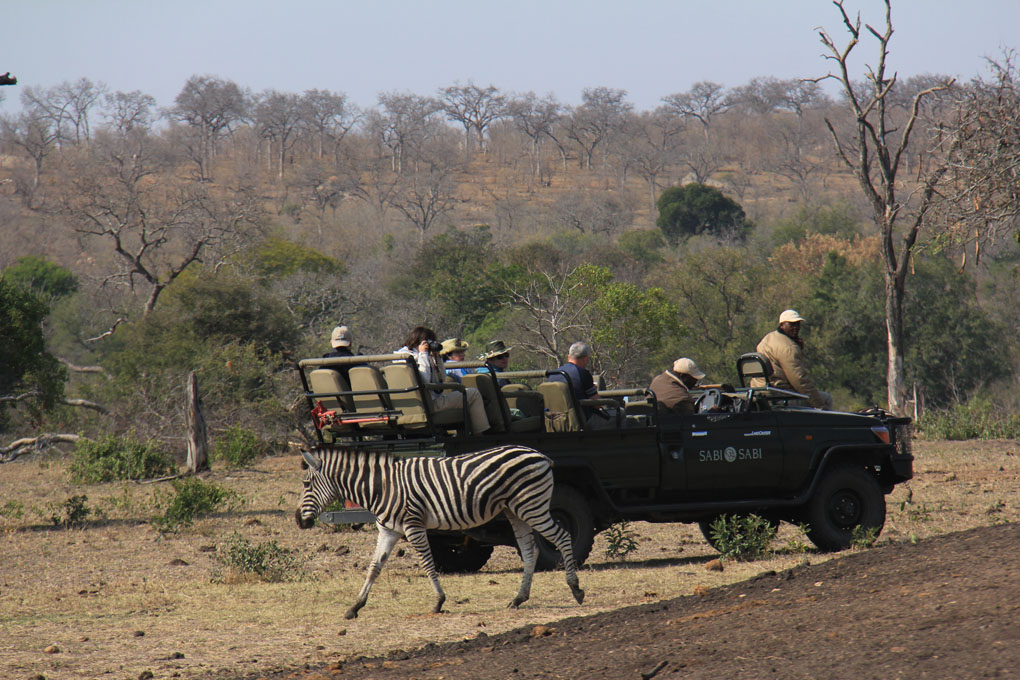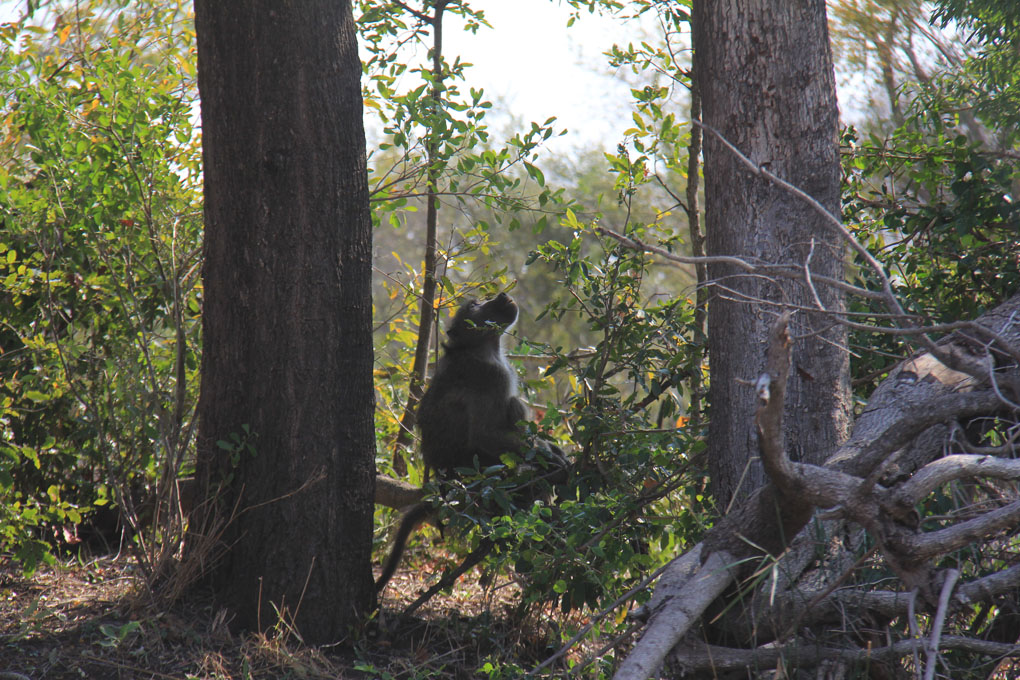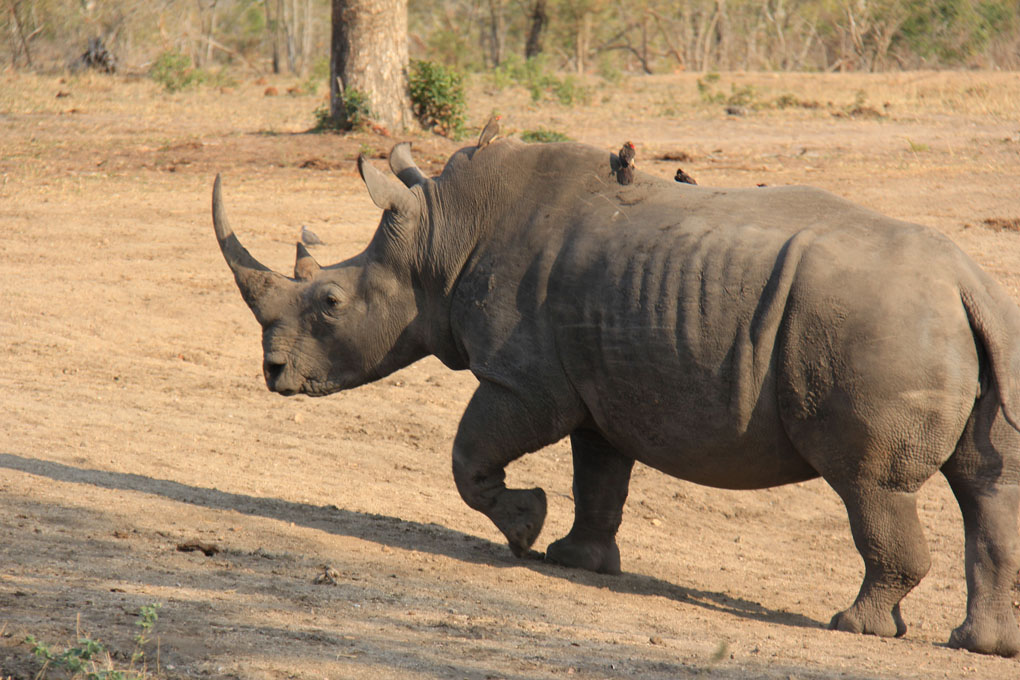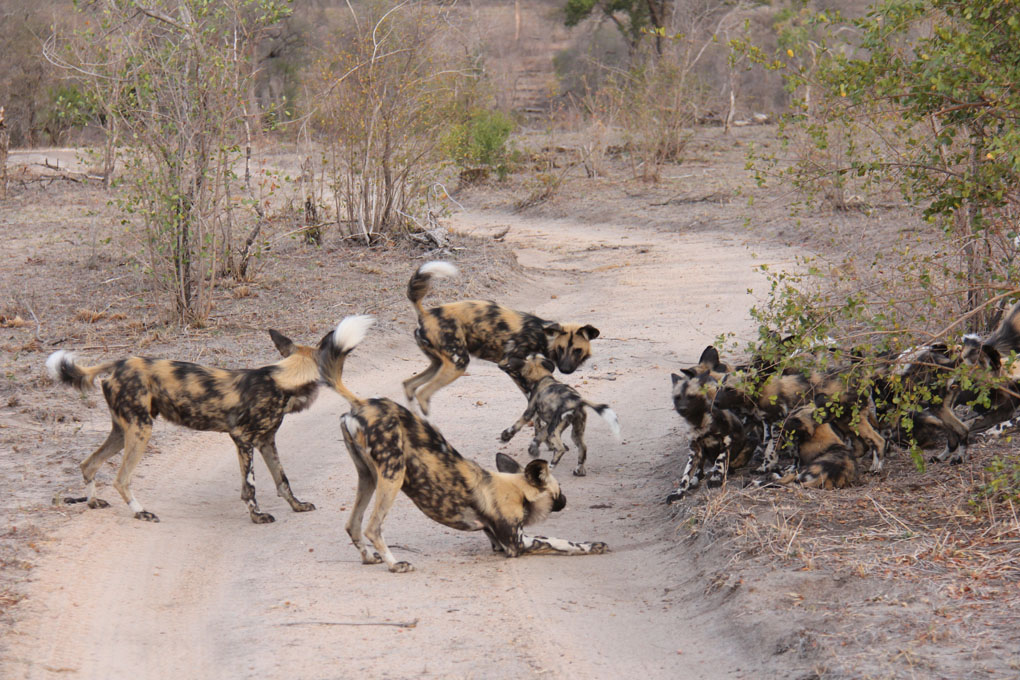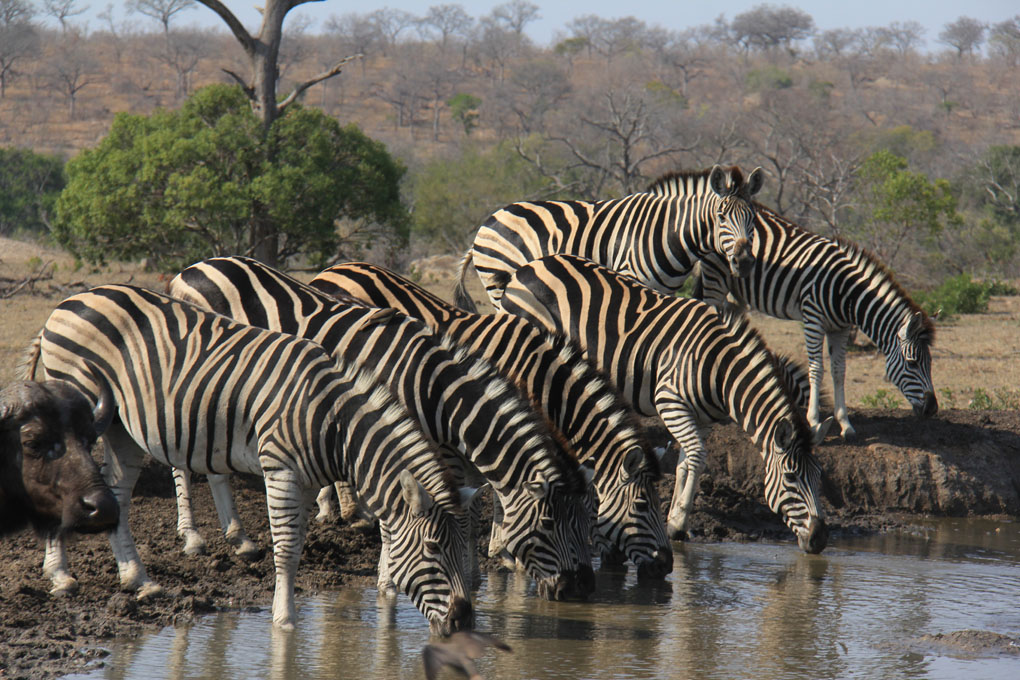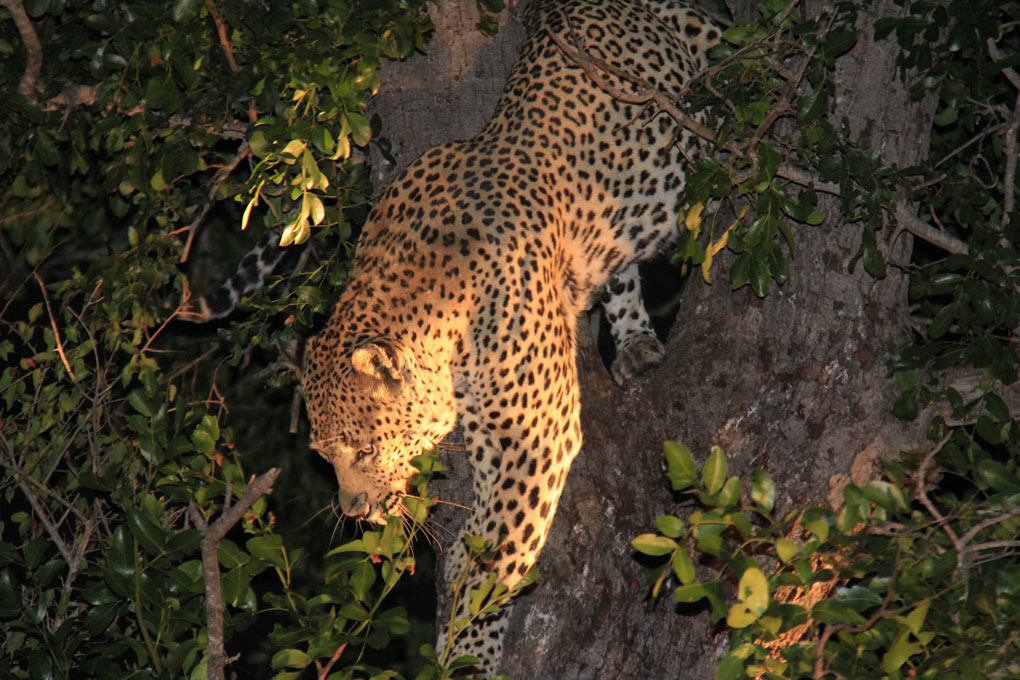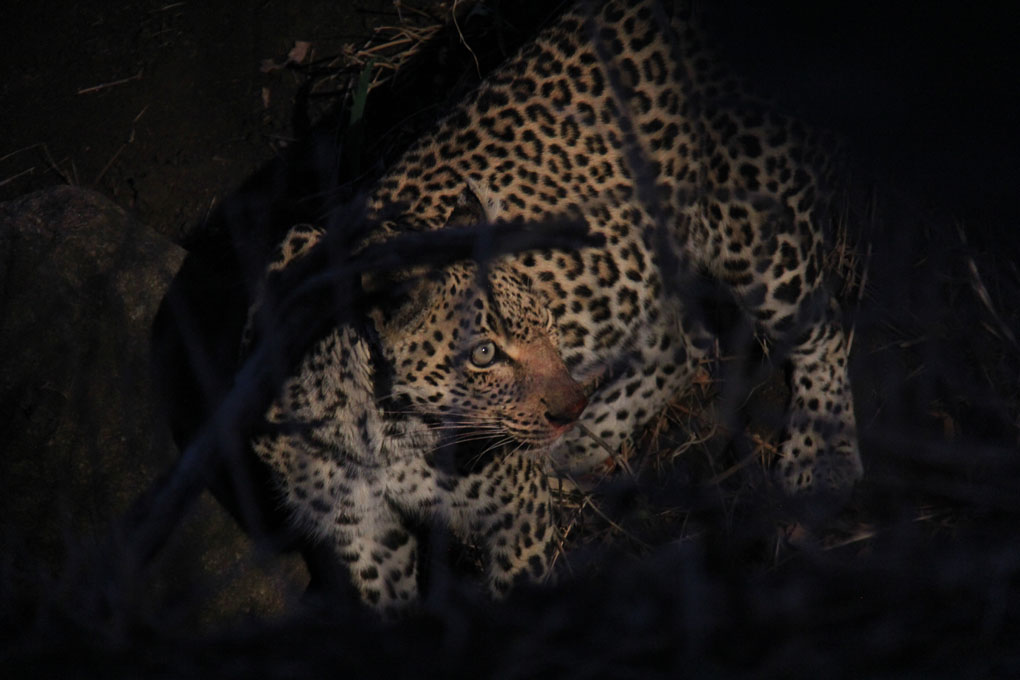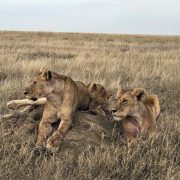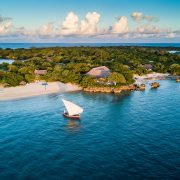On safari at Sabi Sabi in South Africa
A safari in South Africa is one of the greatest experiences imaginable, with wildlife just about everywhere. One of the great places to go on safari is Sabi Sabi Private Game Reserve, which is located in Sabi Sands, in the south-western corner of Greater Kruger National Park – which has grown to be 3.5 million hectares and intrudes into Mozambique and Zimbabwe.
Sabi Sabi Private Game Reserve consists of four lodges – all scattered around the reserve and all with different characteristics. They are based on the theme of Yesterday, Today and Tomorrow. I was in the Earth Lodge which is the tomorrow part of the equation. Bush Lodge overlooks a waterhole and is incredible for families with the brilliant EleFun Centre for kids. Along with Little Bush Lodge which is smaller and more intimate, Bush Lodge is the Today part – and Selati Lodge represents the finer things of Yesterday.
Earth Lodge
Sabi Sabi’s Earth Lodge is just like it sounds – with 13 suites sculpted into mounds of earth with plenty of light filtering in through skylights. The suites are enormous and have a plunge pool with two day beds outside, as well as an outdoor shower. The walls really are made of earth and have bits of dry grass all through them. I watched some antelope from my bed, heard lions roaring, saw a giraffe and watched a male hyena chasing a female – apparently he was “ah … in the mood! She wasn’t. While we there a leopard walked down the entry hallway to the Lodge, had a look, then walked out again, and there is footage of a male lion smacking his own reflection in the sliding door of the room I was in. Elephants also visit regularly for a drink. So never fear – the wildlife does come to you.
On safari
The safaris, done at dawn and dusk, ensure pinch-me wildlife experiences that you will never forget. You get the same tracker and guide for the duration of your stay – we had the lovely Ryan as guide and Candy, a local Shangaan, as tracker. Ryan would make sure we were up at 6am, make us tea and then off we would bounce in the safari vehicle. Here is a tip – while sitting in the back seat gives you greater height, it is quite bumpy – my FitBit worked overtime in the truck! As it was still a bit chilly we had blankets with hot water bottles in them – such a lovely touch.
Over the three days, we saw many wonderful sights. We saw masses of delicate Impala, kudu, zebra, elephants, gnala, white rhino, hippo, wildebeest, baboons and vervet monkeys. We saw the Southern pride of lions a few times – this pride has five lionesses, two males, two juveniles about a year old, and, although we didn’t see them, six-week old cubs in a den. We came upon the pride sleeping as the day heated up, just feet from the car. We were so close I could hear one of the males snoring.
The next day we saw the pride feasting on two water buffalo. We were right beside them, so you could hear the crunch of every bite and it was fascinating to see the hierarchy of who eats when. It really is nature’s circle of life. Another highlight was a leopard eating a warthog in a tree. They are quite strong, dragging their kill up into the trees so hyenas can’t get it. They are magnificent creatures and as Kruger has a big population of leopard, you would be pretty unlucky not to see one.
Wild dogs are endangered, and we came about a pack of 21 dogs on two occasions, the pups playing all around the safari vehicle and even going underneath it. One of them has what looks like a bit of tail left over from an earlier meal, and a game of chasings with tug of war ensued. These dogs are born hunters and can run for so long with their long legs and lean frames that they simply exhaust their prey.
With over 350 species of birds in Kruger, we saw all kinds of magnificent birds from the go away bird to chugeras, black collared barbots with their red heads, black bellied bustards and the dancing green wood hoopoes. Then there are various eagles and different species of vultures.
We learned that if you see a group of vultures feeding on the ground they are called a wake. If they are in trees they are called a venue of vultures, and if they are flying, they are a kettle. Whatever they are called, when you see them all coming into land to feast on an old kill not far away they are big and quite majestic, in their own, odd way.
It’s not all about the animals. One morning, we left the truck behind and walked through the bush for an hour or so to a site where there are 5000 year old bushman paintings. There were paintings of a couple dancing by the fire, hunting, and many animal paintings.
Budding photographers will be in their element – our guide Ryan gave photography tips but there are special photography tours for serious snappers. You can even hire the latest photography gear then test it out with one of the lead photographers in the area in a vehicle with cut outs for tripods and long lenses.
Food and drink
Like everything else at Sabi Sabi, the food is incredible, from the pre-safari snacks in the morning to the massive breakfast that is served when you return, dusty and with a camera full of images you can’t wait to see. If you can fit in lunch, it too is beautiful, as is the afternoon tea – just in case you need some more sustenance before you head out on the afternoon game drive. As for dinner, it is served in the boma, with walls sculpted from piled up tree roots and flaming torches adding to the wild ambience. We were also lucky enough to have dinner in the wine cellar, which has 6000 bottles of fine wine within its walls. The pinotage, a variety of red only produced in South Africa, quickly becomes my favourite tipple.
Spa
A spa on safari is a lovely way to relax and the Amani Spa at Earth offers a broad range of skin and beauty rituals, treatments and massages. Inside, the spa has a Zen meditation area, a couples treatment suite and a hydrotherapy pool. I booked in for the Jewel of Africa massage, with the warm oils, warm crystals and flowing movements easing muscles and sending me to sleep.
Conservation
One of the things I really liked was that Sabi Sabi’s owners are very much into conservation and have strict guidelines for vehicles on safari – a max of three at any one sighting. If it has rained more than 20mms the vehicles must stay on the tracks, so as not to cut up the ground. Animals are used to seeing the vehicles around and the drivers won’t take any risks. They understand the behaviours of the animals and react accordingly. The Reserve is also part of a vigorous anti-poaching campaign in the area; you don’t see them but they are there, keeping rhinos and elephants safe. The guides even ask you to turn your phones onto Flight Mode so as not to give away the location of any of the animals that you might take photos of, then post on social media.
The guides talk to each other over the two way in ‘funagalo’ – a mix of Shangaan, English with a dash of Akrikaans, so the guests can’t understand what they are saying and don’t know which animals are likely to be spotted next. Several times he made us shut our eyes and upon opening them, were in the middle of a huge group of water buffalo and zebra around a waterhole, or were right by a tree with a leopard dozing above.
What I loved
Everything. There is nothing like being in the South African wilderness, and nothing can prepare you for the sight of lion yawning by the car, giraffes delicately plucking leaves from treetops and that feeling of expectation as your tracker follows the pawprints of a leopard across the countryside. Watching the brilliant orange sunset having sundowners in a clearing, or the sun rise in the mornings over a cup of tea. And perhaps my favourite moment of all, when Ryan stopped the vehicle in a river bed after dark, turning off the lights and enveloping us in silence. We look up at the millions of stars, over a landscape of dead dog and leadwood and marula trees, the distant roar of a lion adding to the occasion.
Simply magnificent.
Information
It is a great time to visit South Africa as our dollar is very strong against the rand – at the time of writing it was AUD$1 = 10.44 rand. Sabi Sabi has a private air strip for charter flights that is an hour’s flight from Johannesburg, or you can fly in on a commercial flight to Skukuza Airport, where you will be picked up by the guide you will have for the duration of your stay. The safari experience starts from the moment you leave the airport – we saw impala on the road before we had even introduced ourselves.
*All safari images taken by Helen Hayes
Contact details:
www.sabisabi.com
southafrica.net

